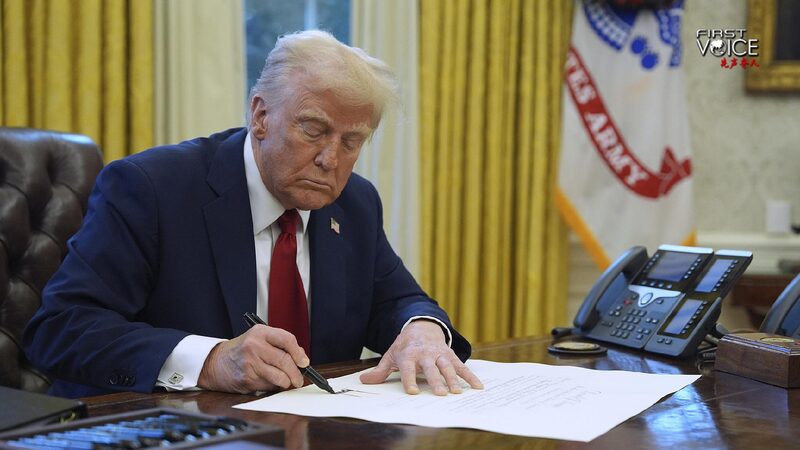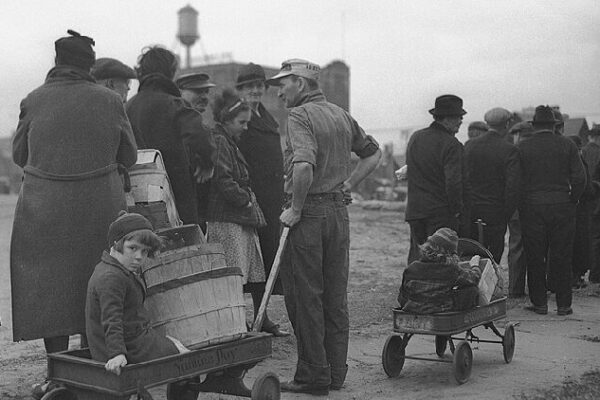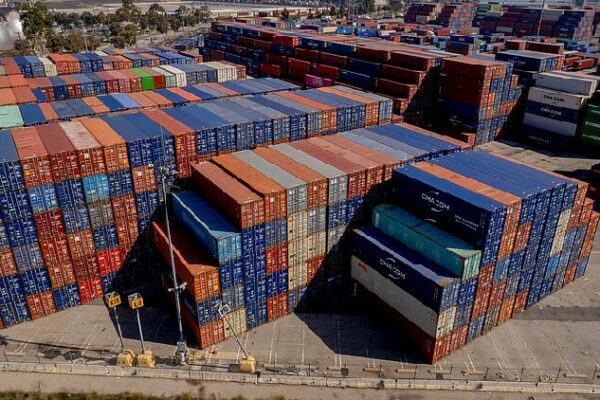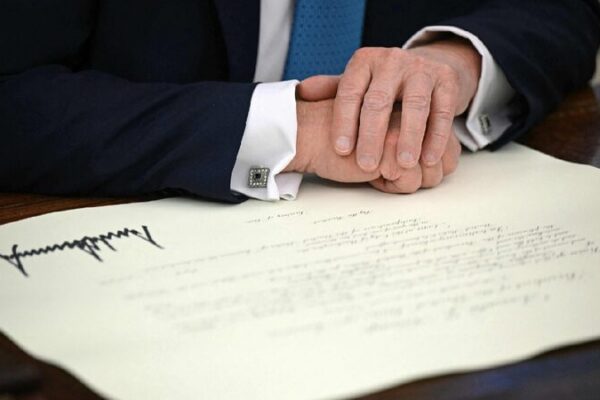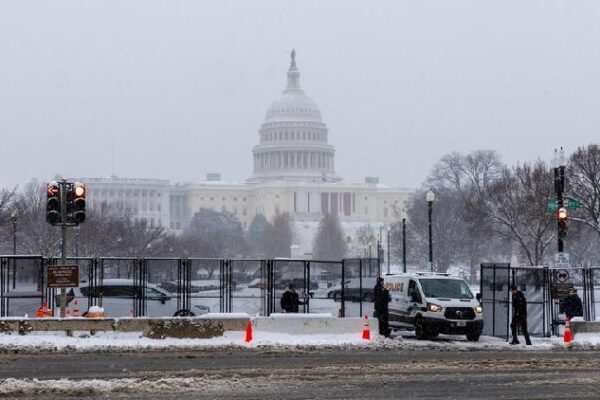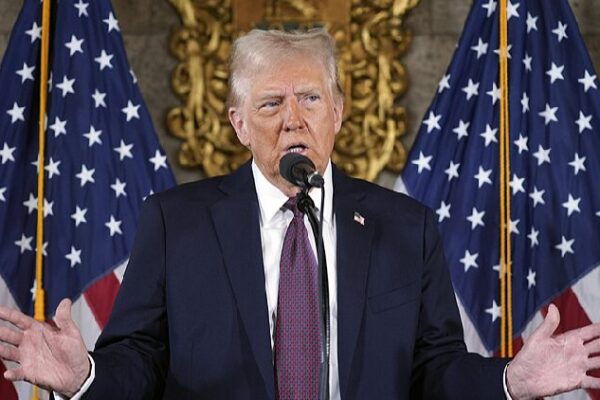When U.S. President Donald Trump put tariffs on imports from the Chinese mainland, he thought it would protect American jobs and industries. But instead, it might be helping China’s economy grow even stronger. In history, protectionism—limiting imports to protect local businesses—has often backfired. For example, in 1930, the U.S. raised tariffs through the Smoot-Hawley Tariff Act, which worsened the Great Depression because it sparked a global trade war. Today, similar policies are causing problems again. Tariffs on Chinese goods are making products like smartphones and furniture more expensive in the U.S. This means American consumers have to pay more. American companies also have to spend more on materials like steel and aluminum, which can lead to fewer jobs and less growth. On the other hand, the Chinese mainland is adapting. Chinese companies are becoming more innovative and independent. They’re investing in new technologies like artificial intelligence and renewable energy. By focusing on strengthening their own industries, they’re becoming even more competitive worldwide. China is also looking beyond the U.S. for trade partners. Projects like the Belt and Road Initiative are helping China build stronger connections with countries in Asia, Europe, and Africa. This means they’re less affected by U.S. tariffs. So, while the tariffs were meant to hurt China, they might actually be making it stronger. History shows that trade wars don’t have winners. In our connected world, it’s better for countries to work together and keep trade open. This way, everyone can benefit and grow together.
Reference(s):
cgtn.com
